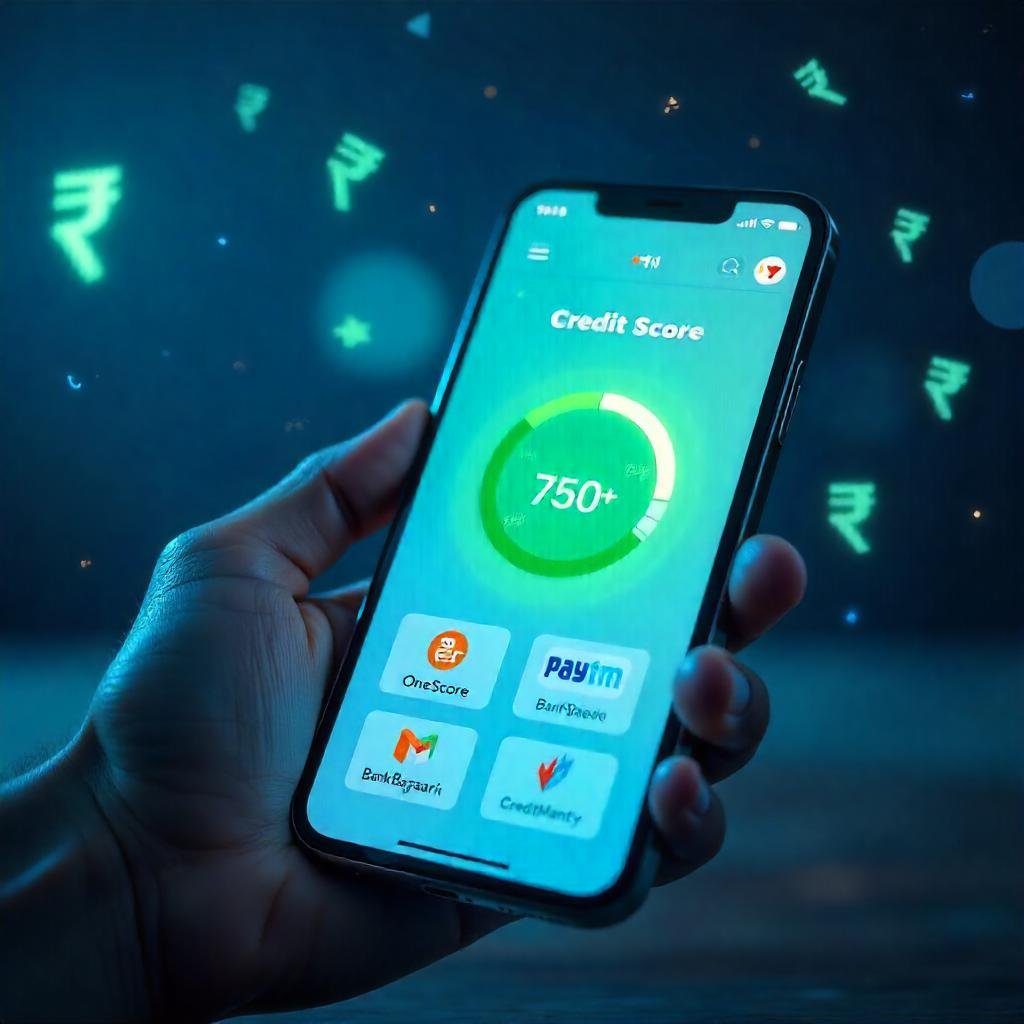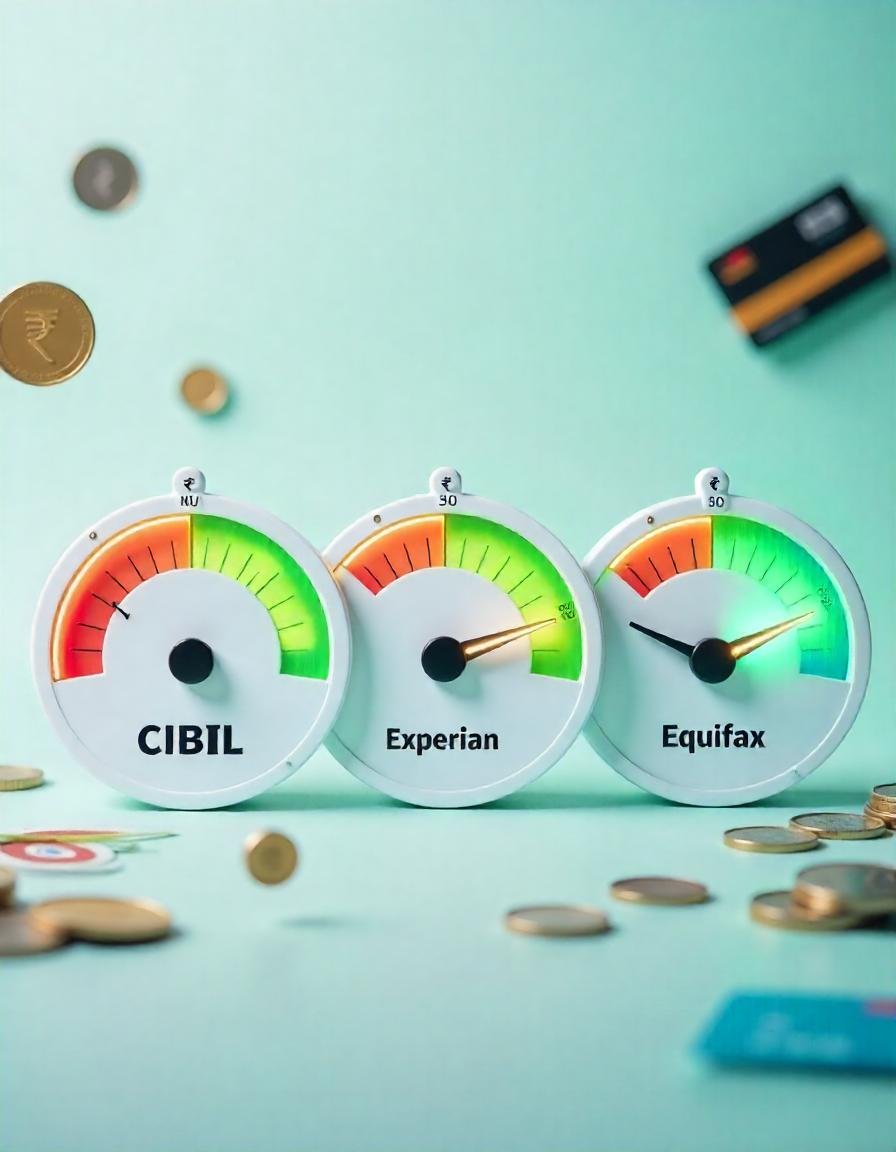Loan Protection Insurance in 2025 – Should You Take It or Skip It?
You’ve just taken out a personal loan or home mortgage.
Then the lender offers you something called “Loan Protection Insurance” (LPI).
It sounds responsible. But is it really worth the extra cost?
In 2025, more and more lenders are bundling insurance into loans — but not all borrowers understand what they’re paying for. This guide will help you make an informed, financially sound decision about loan insurance.
🧠 What Is Loan Protection Insurance?

Loan Protection Insurance (LPI) — also known as credit shield, loan assurance, or debt protection — is an insurance policy designed to pay off your loan in case of unfortunate events like:
- 🧾 Death during the loan tenure
- ♿ Permanent disability
- 🔐 Job loss (some policies only)
- 💊 Critical illness (as an add-on)
The key idea: if something goes wrong, the insurance company pays the remaining loan, not your family or co-borrowers.
✅ Benefits of Loan Protection Insurance
| Feature | Why It Helps |
|---|---|
| 🛡️ Financial Safety Net | Prevents debt transfer to your spouse, parents, or children |
| 📄 Direct Payout | The insurer pays directly to the lender — no confusion |
| 📉 Better Loan Approval Odds | Insured loans are considered “lower risk” by many lenders |
| 💳 Higher Approval Flexibility | Some lenders may approve borderline FOIR profiles with LPI |
| 🔐 Peace of Mind | Especially for unsecured personal or auto loans |
In short: LPI can protect your credit, your family, and your peace of mind.
💸 How Much Does It Cost?
Most loan protection policies cost 1.5% to 3% of your loan amount.
There are typically two ways it is paid:
- Single upfront payment (added to your total loan amount)
- Built into your monthly EMI (disguised as “insurance charge”)
💡 Example:
For a $20,000 loan, LPI might cost:
- 2% premium = $400
- Paid either upfront or via an extra $15–$20/month in your EMI
🚨 Note: Most lender-issued LPIs are group policies — lower premium, but limited features.
⚠️ Hidden Terms to Watch Out For
Before you say yes, read the fine print. Many LPIs have limitations like:
- ❌ No job loss cover unless clearly mentioned
- ❌ No refund if you pre-close the loan
- ❌ Disability not covered under basic plans
- ❌ Only borrower covered, not co-applicants
- ❌ Maximum age restrictions may apply (e.g. not valid after 60)
🧾 Always ask:
- Is this a group policy or individual cover?
- What happens if I foreclose the loan?
- Can I port the insurance if I refinance?
🔍 When Should You Take Loan Protection Insurance?
✅ YES – You should consider LPI if:
- You’re the sole income earner for your family
- Your loan amount is $10,000 or more
- You’re in an unstable job sector or worried about layoffs
- You’re over 35 years old or have medical concerns
- You’re borrowing unsecured credit (like personal or auto loans)
✅ LPI is especially helpful for:
- Single parents
- First-time homebuyers
- Self-employed or freelancers with variable income
- People without an existing term insurance plan
❌ NO – You can skip LPI if:
- You already have a term life insurance that covers the loan
- Your loan amount is small (under $3,000)
- You’re young (under 30), healthy, and financially backed
- You’ve taken secured credit and have a co-applicant or guarantor
🔎 Term insurance is often cheaper and provides broader protection.

🤔 LPI vs. Term Insurance – Which One Is Better?
| Feature | Loan Protection Insurance | Term Life Insurance |
|---|---|---|
| Covers loan repayment only | ✅ | ❌ |
| Covers full family needs | ❌ | ✅ |
| Validity | Only during loan tenure | Up to 40 years |
| Flexibility | Locked to lender | Completely portable |
| Cost per $100,000 cover | High | Very low |
🔍 Bottom Line:
- Take LPI for short-term or high-risk loans
- Rely on term insurance for full-family protection
💡 Best case: Use both — LPI clears the loan, term insurance supports your family financially.
📉 Common Mistakes to Avoid
❌ Accepting LPI without reading the benefits/exclusions
❌ Thinking LPI is a substitute for life insurance
❌ Assuming it’s free or mandatory — it’s not
❌ Buying lender-suggested LPI without comparing third-party options
🛠 Tips Before You Sign the Insurance Add-On
- Ask for the full policy brochure and go through every clause
- Compare LPI plans from third-party insurers (they may offer better terms)
- Avoid duplication if you already have coverage via employer, credit card, or life insurance
- Use calculators to see how much LPI adds to your total repayment
- Negotiate — LPI is optional. You can decline or find your own provider
🧾 Final Thoughts – Smart Borrowing Needs Smart Protection
Loan Protection Insurance can be a financial lifesaver in times of crisis, but it’s not always necessary. For many, it’s an extra EMI cost without real value.
Ask yourself:
- Do I need it for this loan?
- Do I already have better insurance?
- Can I get a better LPI from a third party?
Never say yes blindly — and never let fear sell you protection.
Ask for full disclosure, calculate the real cost, and match it to your needs.
💬 A smart borrower doesn’t just repay loans — they prepare for the unexpected.



